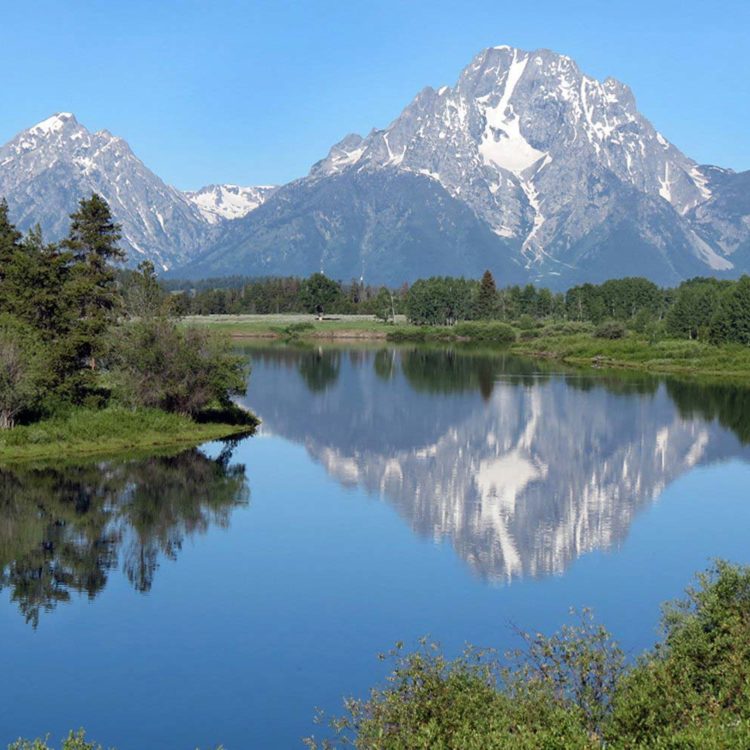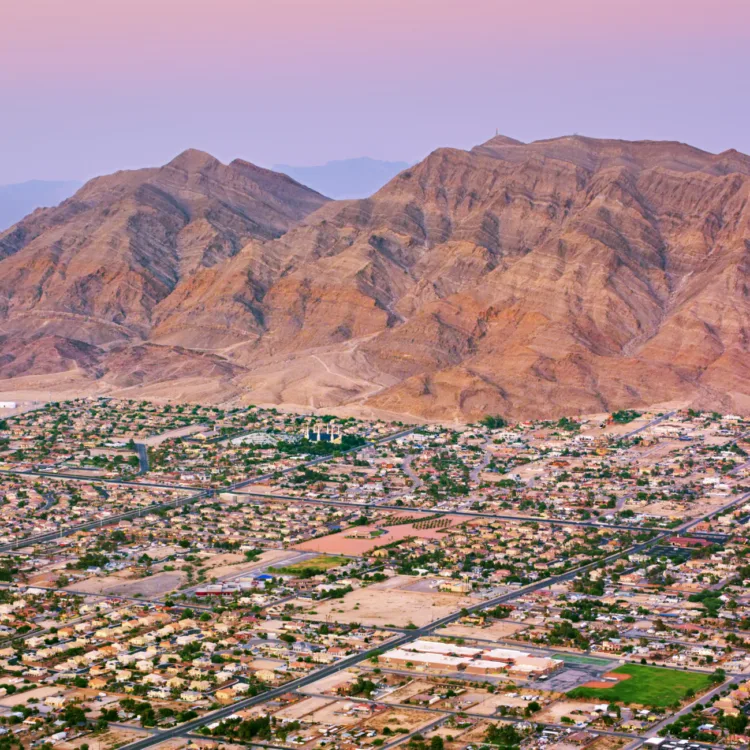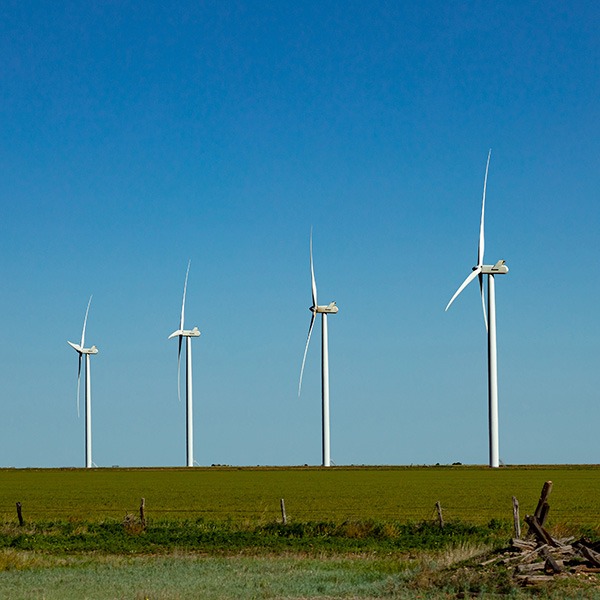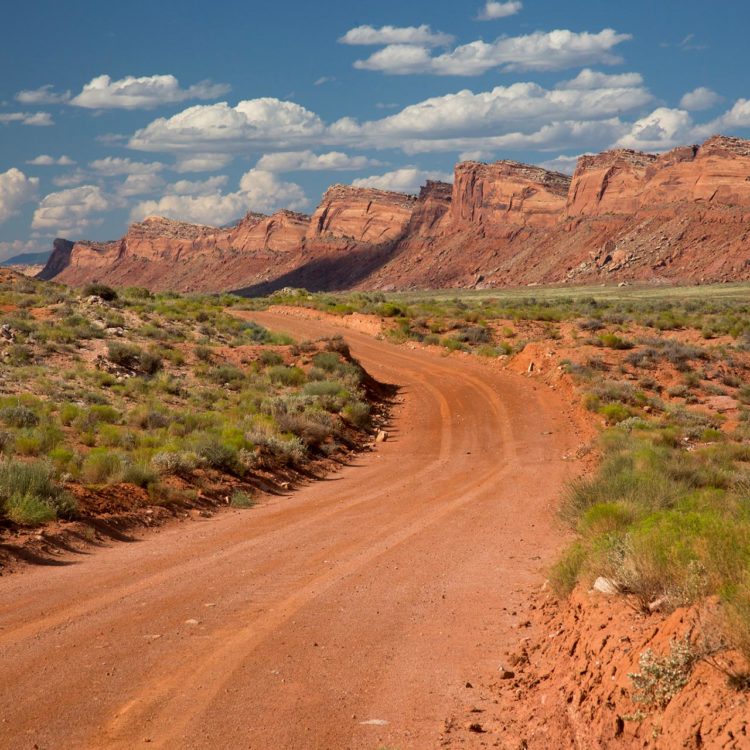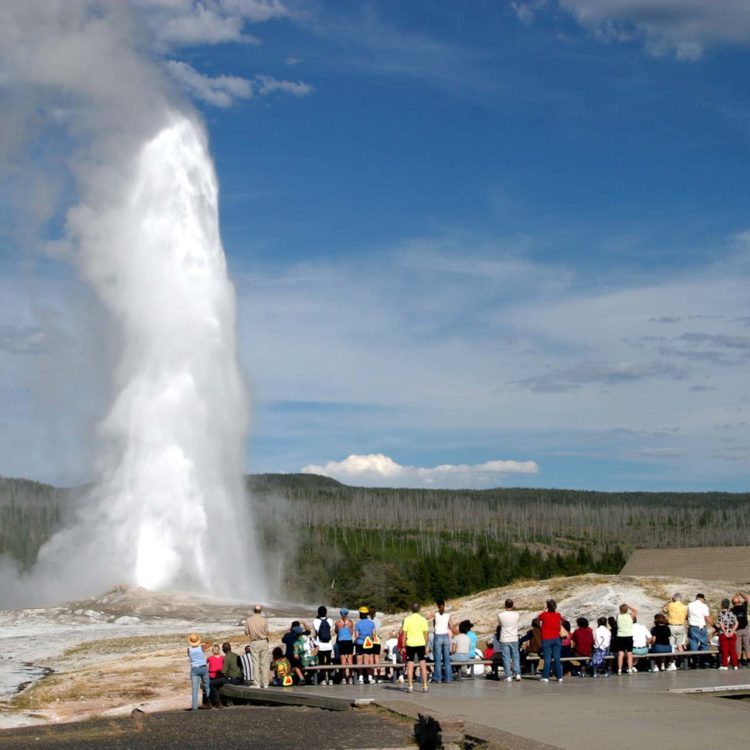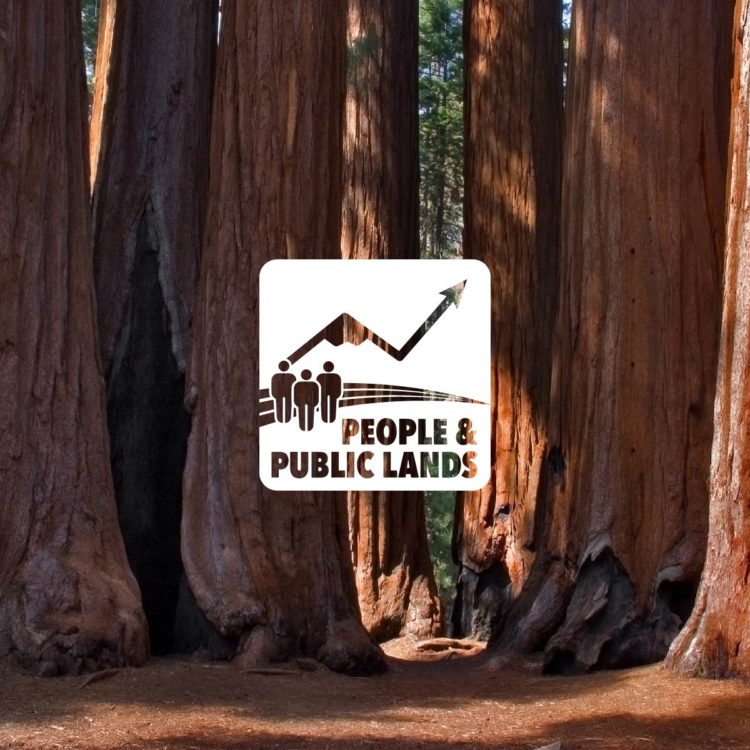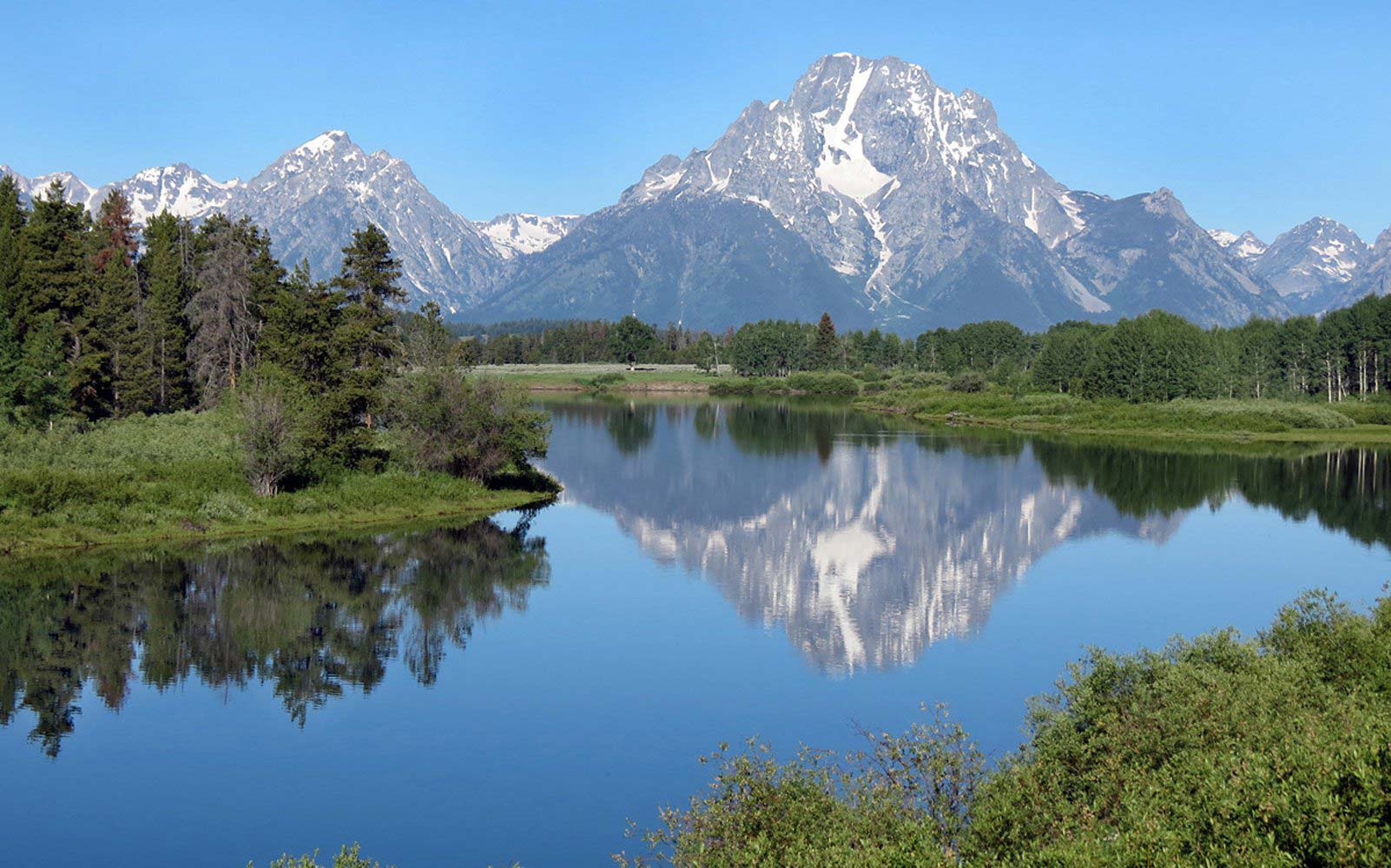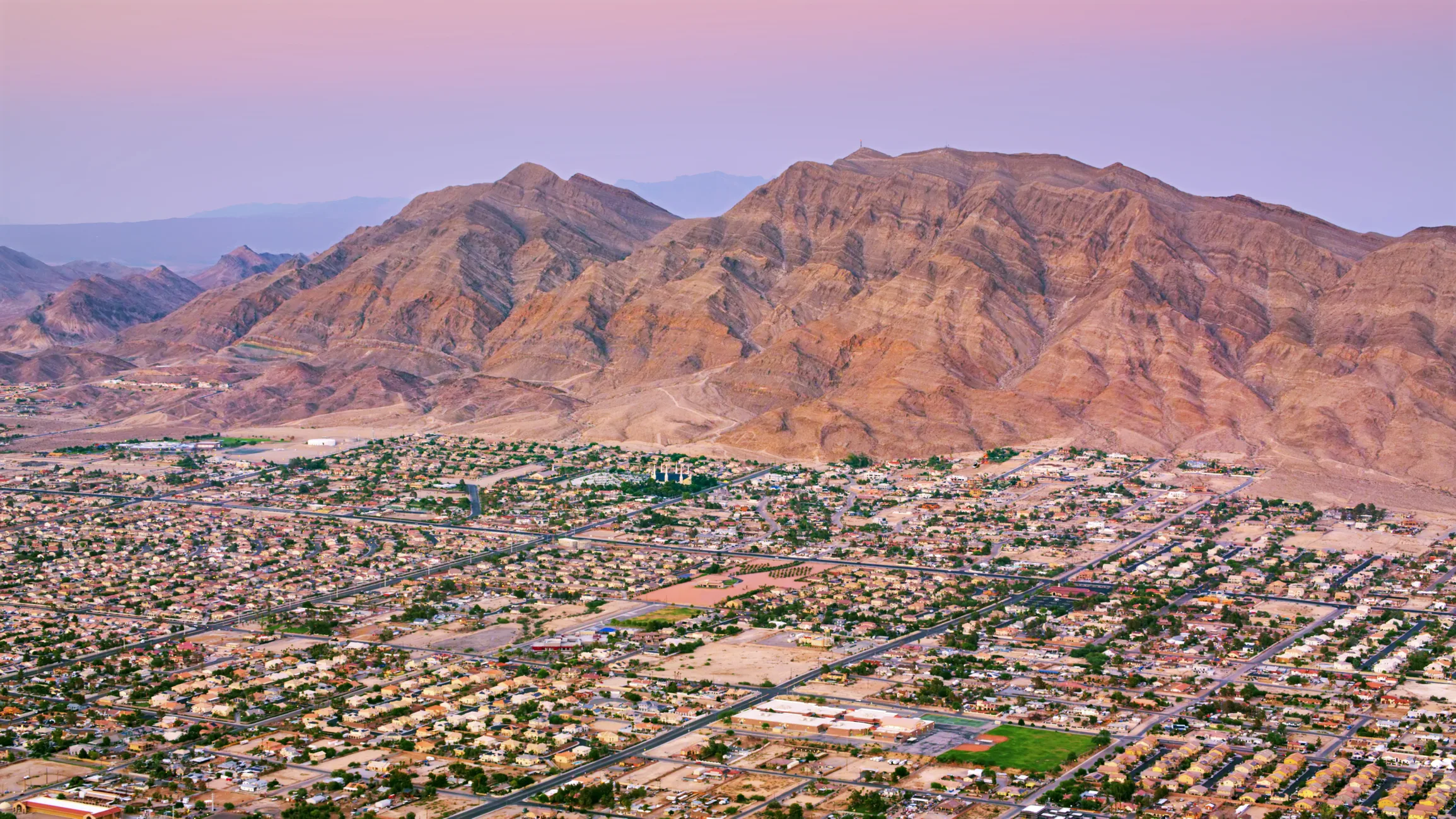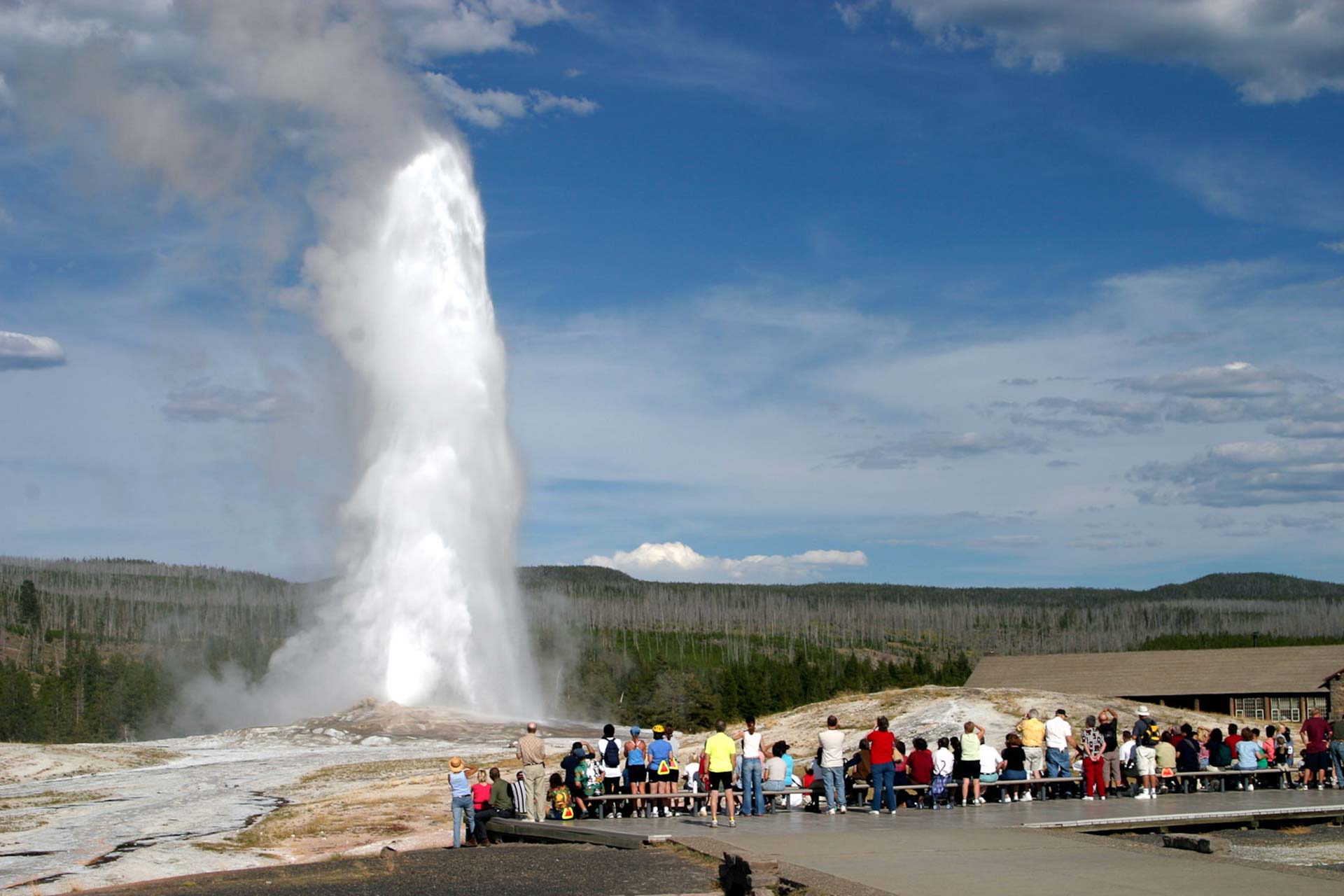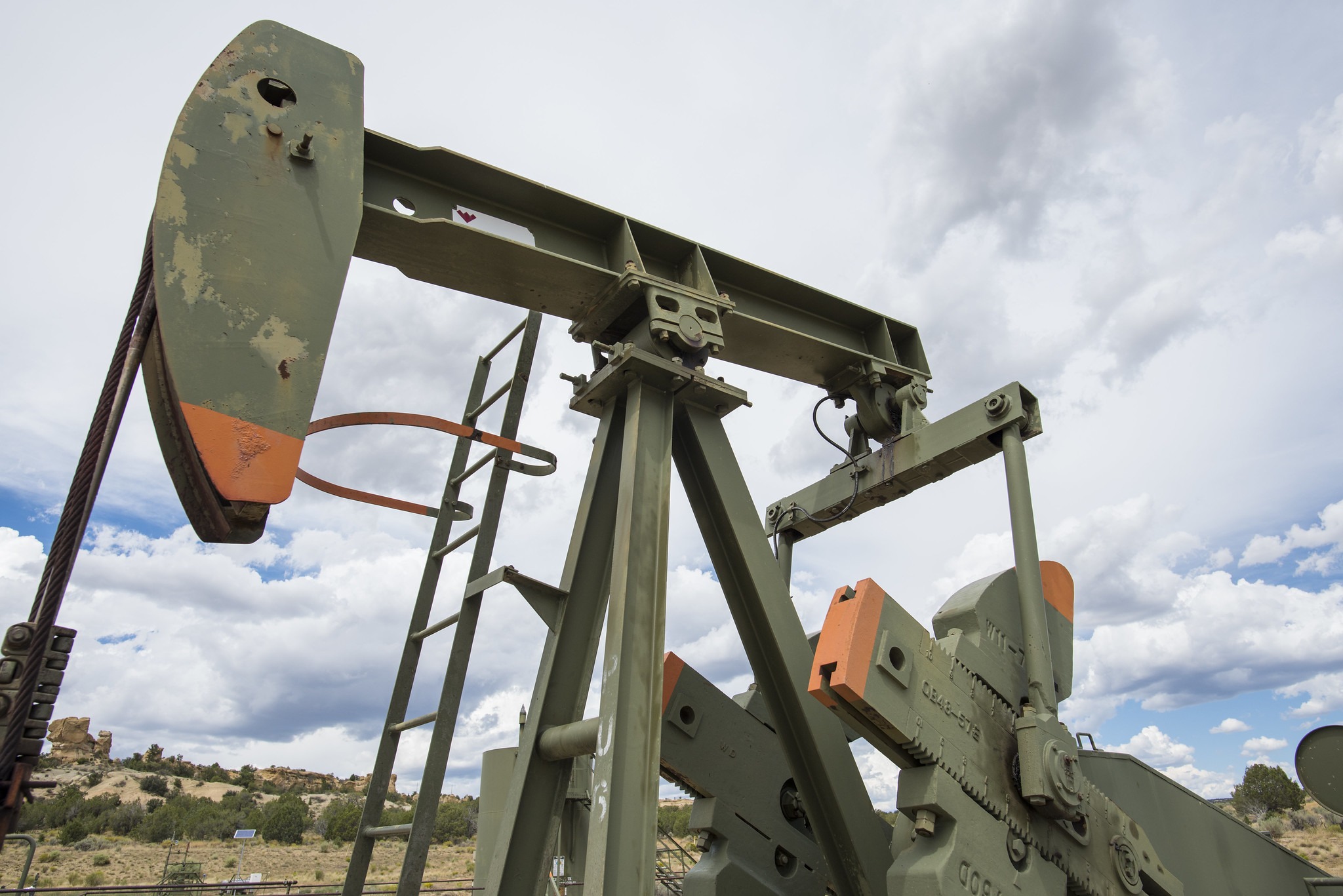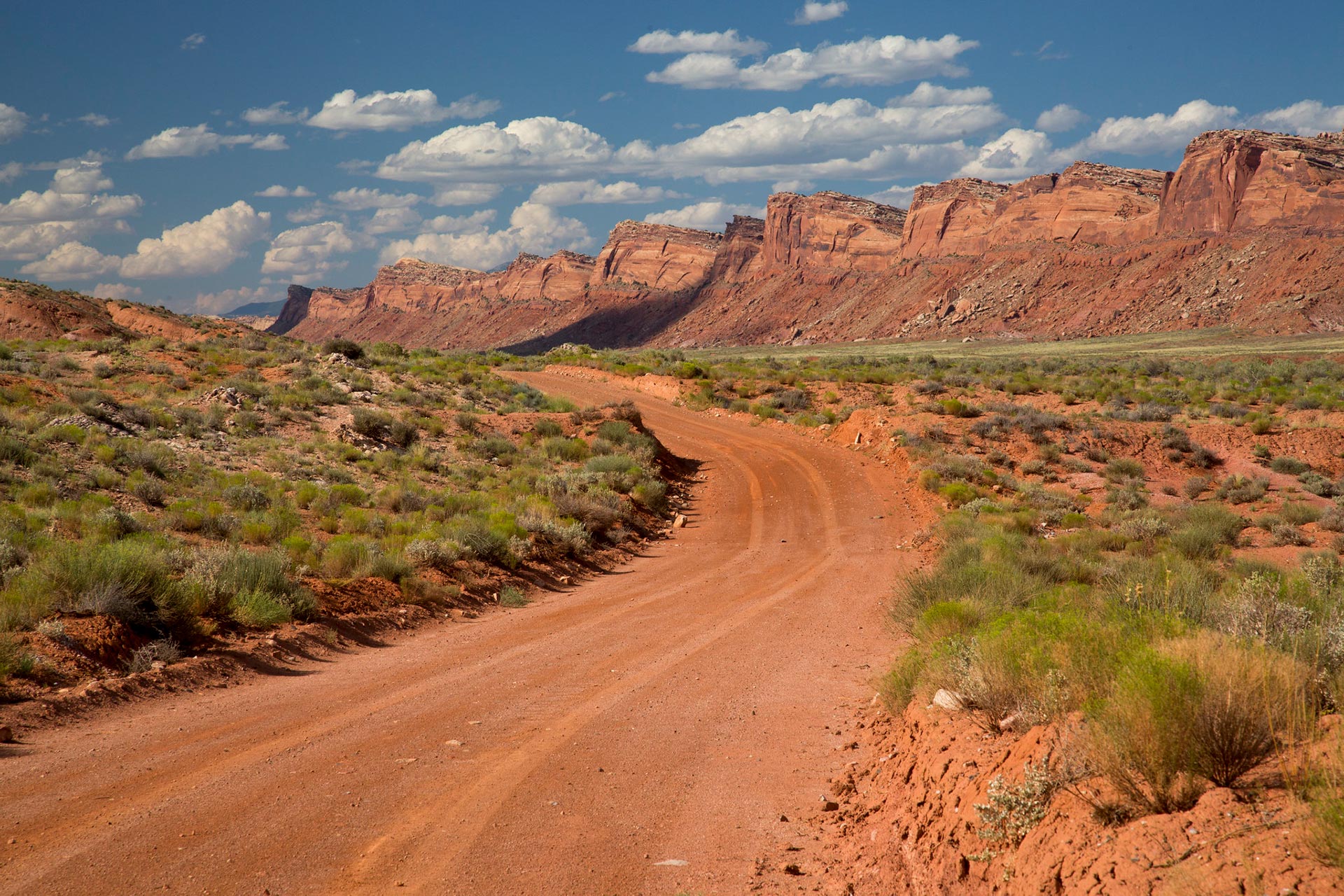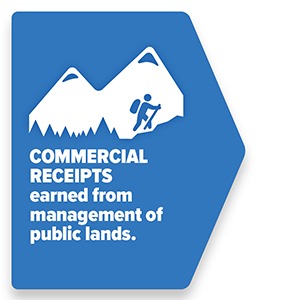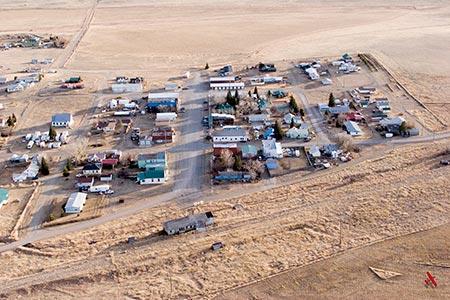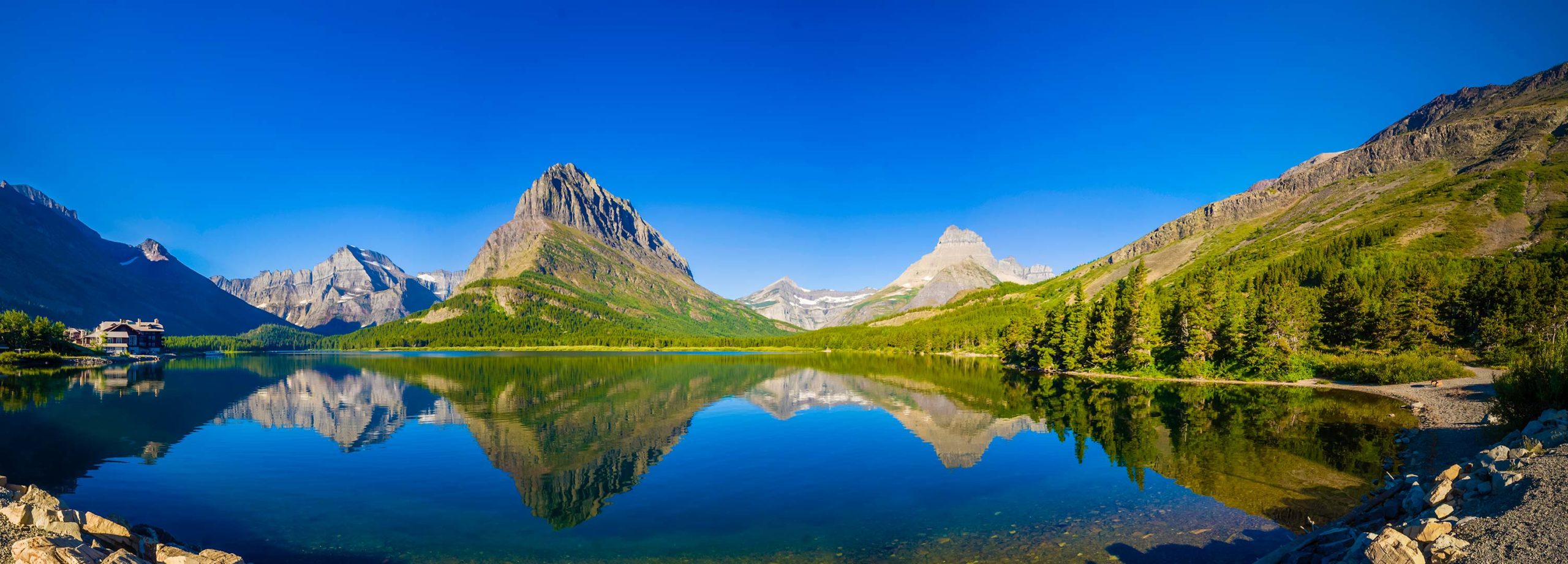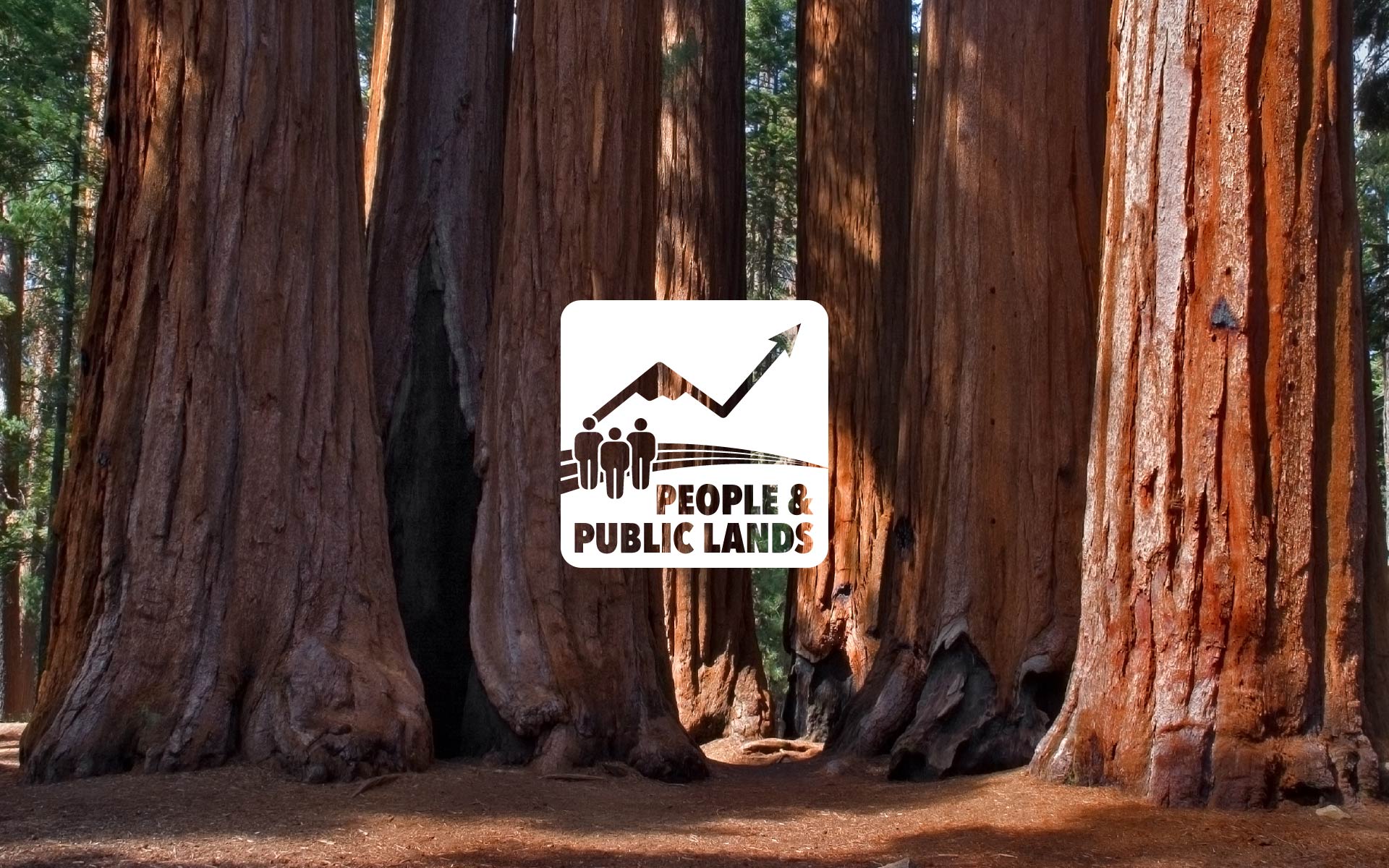
Public Lands
Protected federal lands—such as wilderness, national parks, or national monuments—are important economic assets that attract people and businesses, as well as new jobs and income. Our research helps communities understand the benefits of nearby public lands.
National public lands are vital to local economies
The growing connection between livelihoods and public lands calls for more investments in public access, preserving ecosystems, and minimizing privatization.
Housing on public lands will be limited by wildfire risk and development challenges
Federal public lands may offer opportunities to improve housing affordability in a limited number of states, but will face significant barriers from wildfire risk, water availability, and conflicts with existing resource or recreation uses.
Diversifying revenue on New Mexico state trust lands
New activities can help guarantee and diversify future revenue from New Mexico state trust lands, complementing the successful Land Grant Permanent Fund.
National monuments can boost local economies
Recent studies find that national monument designations do not negatively impact local economic performance, and in many cases strengthen local economies.
Public land ownership in the United States
Public lands influence the economy, demographics, and fiscal policies of communities. Explore maps and county-level data for the 828 million acres of federal, state, and municipal land in the U.S.
Economic Impact of National Parks
Millions of national park visitors generate economic opportunities for gateway communities, spending money that creates jobs and income. See the trends for every national park service unit.
People and Public Lands Essays
What is the economic impact of America’s public lands and waters? How can we quantify how these remarkable resources contribute to our quality of life? And how are our valuation methods and public policies changing?
Recent Public Lands Posts
-
National public lands are vital to local economies
The growing connection between livelihoods and public lands calls for more investments in public access, preserving ecosystems, and minimizing privatization. Read more
-
Housing on public lands will be limited by wildfire risk and development challenges
Federal public lands may offer opportunities to improve housing affordability in a limited number of states, but will face significant barriers from wildfire risk, water availability, and conflicts with existing resource or recreation uses. Read more
-
Economic Impact of National Parks
Millions of national park visitors generate economic opportunities for gateway communities, spending money that creates jobs and income. See the trends for every national park service unit. Read more
-
Measuring trail use in Montana’s Bridger mountains
Detailed estimates of summer trail use help show the impacts of growing recreational use and highlight infrastructure needs in southwest Montana. Read more
-
Diversifying revenue on New Mexico state trust lands
New activities can help guarantee and diversify future revenue from New Mexico state trust lands, complementing the successful Land Grant Permanent Fund. Read more
-
Federal Fossil Fuel Disbursements to States
States tend to spend, rather than save, federal fossil fuel disbursements, potentially making them vulnerable to economic transitions. Read more
-
National monuments can boost local economies
Recent studies find that national monument designations do not negatively impact local economic performance, and in many cases strengthen local economies. Read more
-
Building a Federal Land Endowment
The bipartisan Forest Health for Rural Stability Act would establish a federal land endowment and resolve key challenges of federal land payments to counties. Read more
-
Tension as Catalyst: Public Lands and the Rural West
View a presentation given at the Our America’s Rural Opportunity forum about the context of public lands and the rural west. Read more
-
State Trust Lands Part 1: The Trust Model
States were granted trust lands by the U.S. Congress to generate revenue to fund public institutions, primarily public schools. Read more
-
State Trust Lands Part 2: Permanent Funds
Overspending of state trust permanent funds reduces future school funding and incentivizes sales of trust land and nonrenewable resources. Read more
-
State Trust Lands Part 3: New Demands
Changing economies, new land uses, shifting social values, and political pressure create challenges for state trust land managers. Read more
-
State Trust Lands Part 4: Implications for Federal Land Transfer
Advocates of transferring federal land to states point to the superior ability of state trust lands to generate revenue, but our analysis finds significant economic and fiscal disadvantages. Read more
-
Public land ownership in the United States
Public lands influence the economy, demographics, and fiscal policies of communities. Explore maps and county-level data for the 828 million acres of federal, state, and municipal land in the U.S. Read more
-
People and Public Lands Essays
What is the economic impact of America’s public lands and waters? How can we quantify how these remarkable resources contribute to our quality of life? And how are our valuation methods and public policies changing? Read more
-
The Overlooked Importance of Federal Public Land Fiscal Policy
Fiscal policy reforms could substantially increase the economic benefits of public lands for states and local communities. Read more
-
Getting into the Dirt of Public Lands Policy
Comprehensive benefit cost analyses of public lands policies are needed. Read more
-
Democracy, Collective Values, and Public Land
A spiritual and cultural treasure and a multi-trillion-dollar asset, public land must be protected. Read more
-
Rockies Region Natural Resources: The Foundation for Economy and Quality of Life – Then, Now, Tomorrow
Natural resources are still the foundation of the Rockies region economy even as it has shifted from extraction-based activities to recreation and tourism. Read more
-
Non-Labor Income in the Rural West
Non-labor income can have an outsized effect on communities in the rural West with a large share of public lands. Read more
